After a good rest from the blistering heat and yummy lunch at the air-conditioned Kopitiam we continued our journey to my all time haunt the..
SINGAPORE ART MUSEUM!!! Yayyyy.
In fact, on this trail, we have been visiting places I had passed daily on my way to school during my 3 years in Nanyang Academy of Fine Arts (NAFA). Really miss this place so much. Coming back this round not as an art student (where I did my outdoor drawings, paintings and
photography) but with the lens of a History student gave me greater insight to the historical background and significance of these places which have very much grown to be a special part of me.
The Singapore Art Museum
(SAM) is always the place either to get my Art assignments done or for my
leisurely Art escape especially since it is now free for all Singaporeans. :D (HOORAY!)
In the past, I had an inkling that Singapore Art Museum as some old preserved school but never knew its exact name or history. After doing some research to be the 'tour guide' for this section of the trip, I went back to SAM with new perspective-another dimension of the Art Museum that was totally new to me- imagining how it would be like then with classrooms filled with school-children, lining up at the concourse, attending mass in the chapel, shuffling along the corridors to and from class- a different light to the SAM I was accustomed to: a building that housed art work.
My fellow companions were really excited (I hope I didn't let them
down) that an art person was going to bring them around and so was I!
Lets begin our journey into SAM!
Background
The Singapore Art Museum was previously a 19th Century mission school- Singapore's first Catholic school (Pilon & Weller, p.52) known as Saint Joseph’s Institution (SJI). It was established in 1867 as a Catholic boys school run by the La Salle Brothers. SJI has since moved to its current location at Malcolm Road. This building was gazetted as a national monument on 14th February 1992 . It has been carefully conserved with the original details preserved as much as possible whilst still maintaining the stringent requirements of an art museum.
Taking a run through old snapshots of the former SJI, it is really amazing to know how much of the structure has been preserved till today. On a personal note, appears to me as a real fine and grand school for the 19th Century.
 |
| Fig 1.1: The statue of St. John the Baptist de la Selle in the 1980s Image Source: https://thelongnwindingroad.wordpress.com/tag/old-sji/ |
 |
Fig 1.2: Former SJI at night 1970s
Image Source: https://thelongnwindingroad.wordpress.com/tag/old-sji/
|
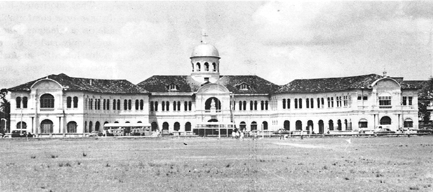 |
| Fig 1.3: SJI (1980) Image Source: https://thelongnwindingroad.wordpress.com/tag/old-sji/ |
 |
| Fig 1.4: SJI in the !970s Image Source: https://thelongnwindingroad.wordpress.com/tag/old-sji/ |
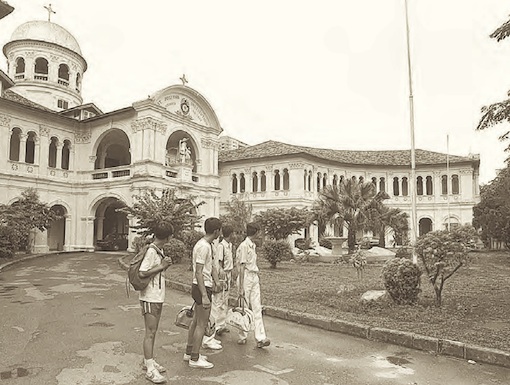 |
| Fig 1.5: The garden in front of the school in the 1980s Image Source: https://thelongnwindingroad.wordpress.com/tag/old-sji/ |
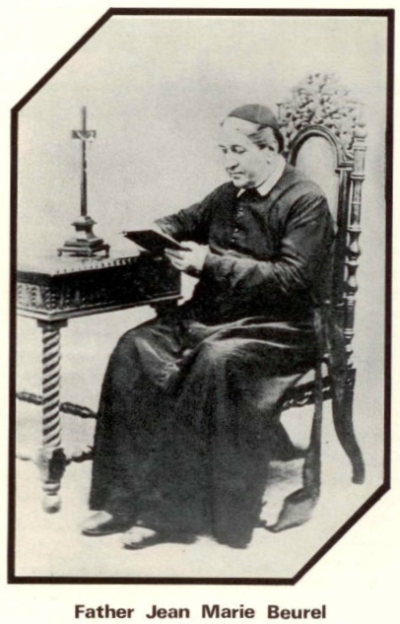 |
| Fig 1.6: Father Jean Beural was a french priest who was instrumental in setting up SJI, CHIJ and the Cathedral of the Good Shepard Image Source:https://thelongnwindingroad.wordpress.com/tag/old-sji/ |
 | ||
Fig 1.7: White-washed name of SJI
|
The exterior of the building has been preserved to a large extent. With reference to past photos I can but only partially fathom its resemblance to a school compound- maybe due to the fact I have been so accustomed to relating with this building as an art museum.
|
The building structure has been carefully conserved, retaining as much as possible. This includes the roof patina and the plasterwork of the main entrance.
Previously these galleries were classrooms for the schoolchildren. However due to the requirements of an art museum, the cross walls were knocked down (hence the easy accessibility to adjoining gallery spaces). Floors were reinforced with concrete (to take the load of artworks - unlike the preserved tiles outside (which I will mention later) and a wall system that was light weight ,made of insulation material and vapour barrier so as to protect the artworks in the gallery)
This research has given me some understanding to the needs of refurbishment to suit the standards and requirements of a museum.
Housing artworks ain't that simple after all!
Preserved Floor Tiles
(pictures courtesy of Nisa and Jia Hui)
These floor tiles were meticulously preserved and damaged ones restored.I felt the tiles had a certain vernacular feel to it as it appears similar to the ones you can see along 5-footways of old shop houses and even in their interior. They somehow exude a certain quaint vibe to them too.
The amalgamation of the renaissance architecture with these 'shop house tiles' (found both inside the shop houses and along the 'five-foot-ways' ) add a certain Singaporean flavour to an outwardly very European-looking building
The COURTYARD

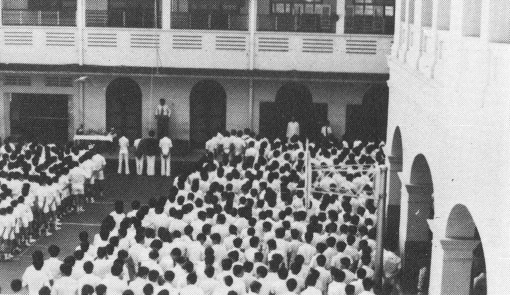 |
| Assembly at the Courtyard (n.d) Image Source: https://thelongnwindingroad.wordpress.com/tag/old-sji/ |
As you can see from the picture above, the Courtyards were originally school quadrangles where students assembled. Other uses also a include serving as a basketball court and a carpark.
Being at the place and re-imagining how it was supposed to be in the past somehow creates in me an uncanny feeling about the place..
The CHAPEL
 |
| Been in this chapel countless times to see various artworks. Never spotted this before! |
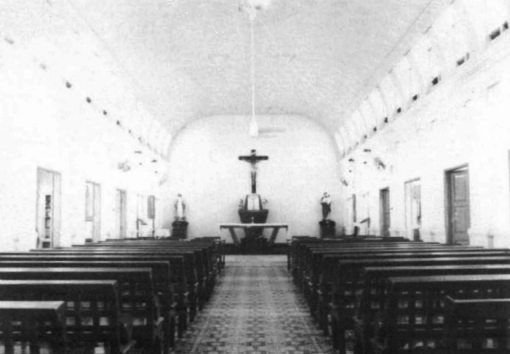 |
| Fig 3.1: The Chapel in 1997 Image Source: https://thelongnwindingroad.wordpress.com/tag/old-sji/ |
Fig 3.2: The Chapel at present
Fig 3.4: Details on the chapel walls
Fig 3.5: Details on the Chapel walls
Fig 3.4: Centre strip of Chapel and doors painted black
Fig 3.5: Details on the Chapel ceiling
There was a video art piece being shown that day. Unfortunately we were unable to see the washing basins and front design of the chapel. (Fig 3.2) With comparison to the old photograph of the chapel (Fig 3.1), I believe the modifications made would be the centre strip of the chapel. The doors were painted black (Fig 3.4) leaving the details on the chapel walls to stand out. A really new look to a chapel (I believe chapels -that are still in use) will usually not be coated in black paint). This modification likewise contributing how one would not associate the place with its original purpose as a chapel and only perhaps to discover it on closer inspection.
"one of the several historical edifices de-commissioned of their religious function and signification, and converted into tourist spectacles and commercial structures."


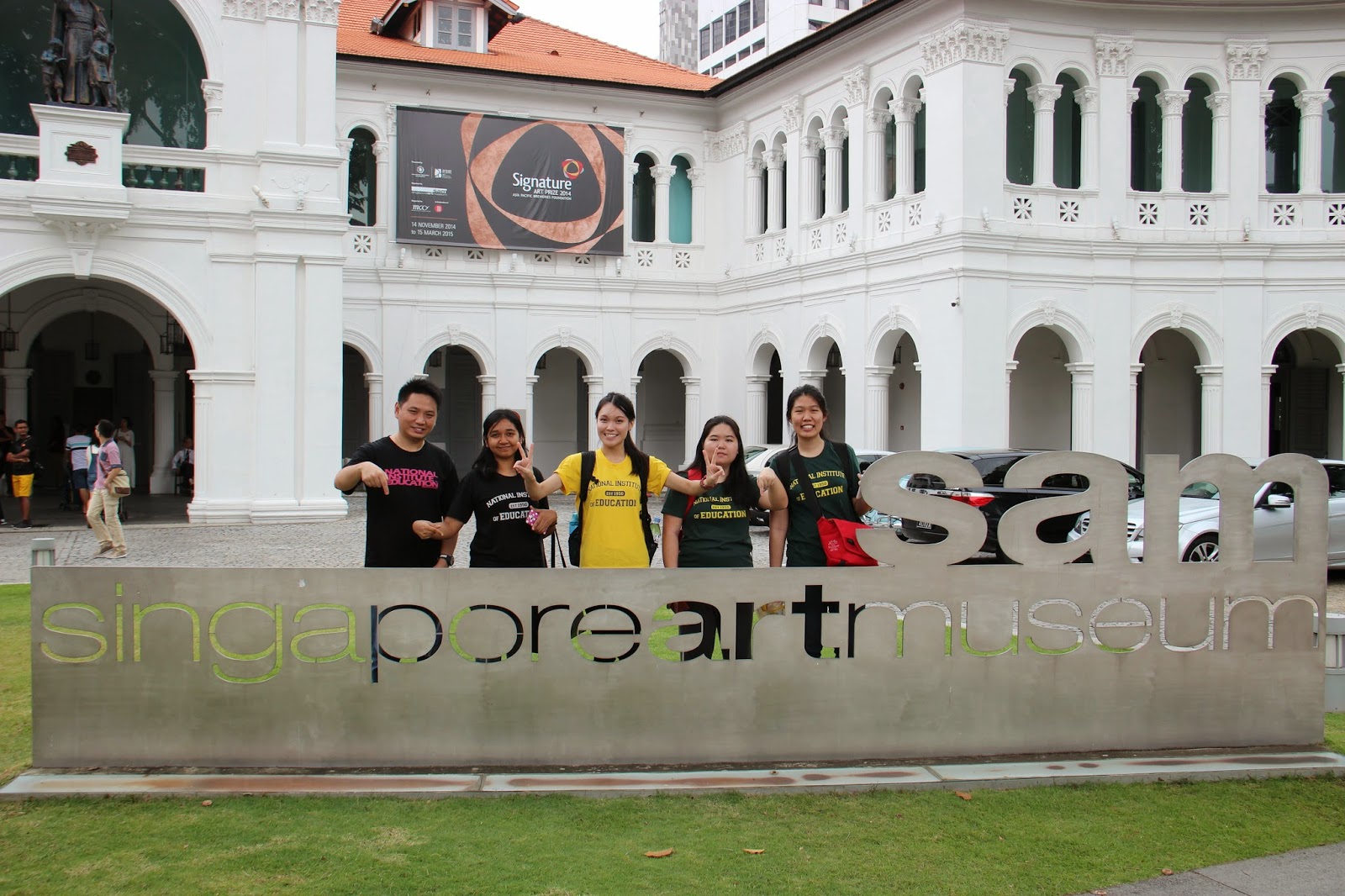



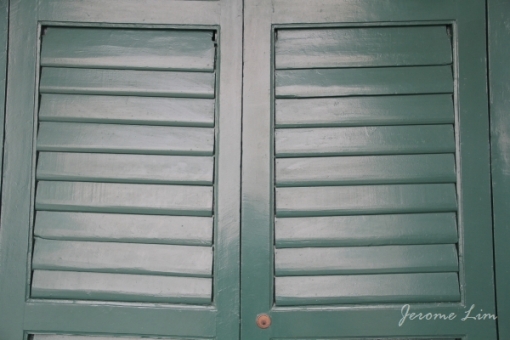






















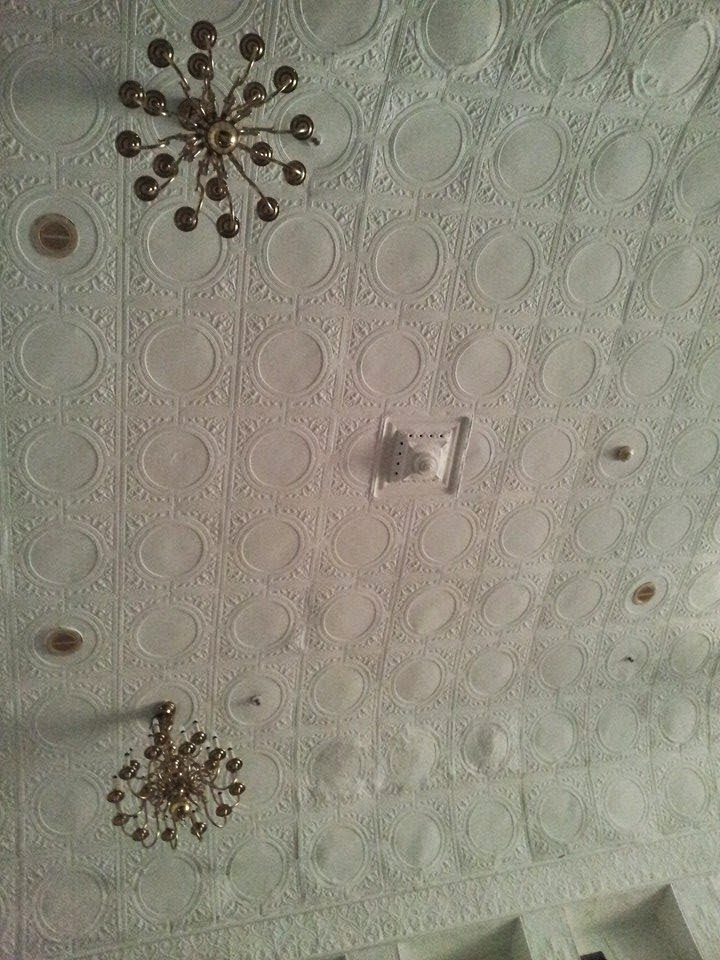

No comments:
Post a Comment